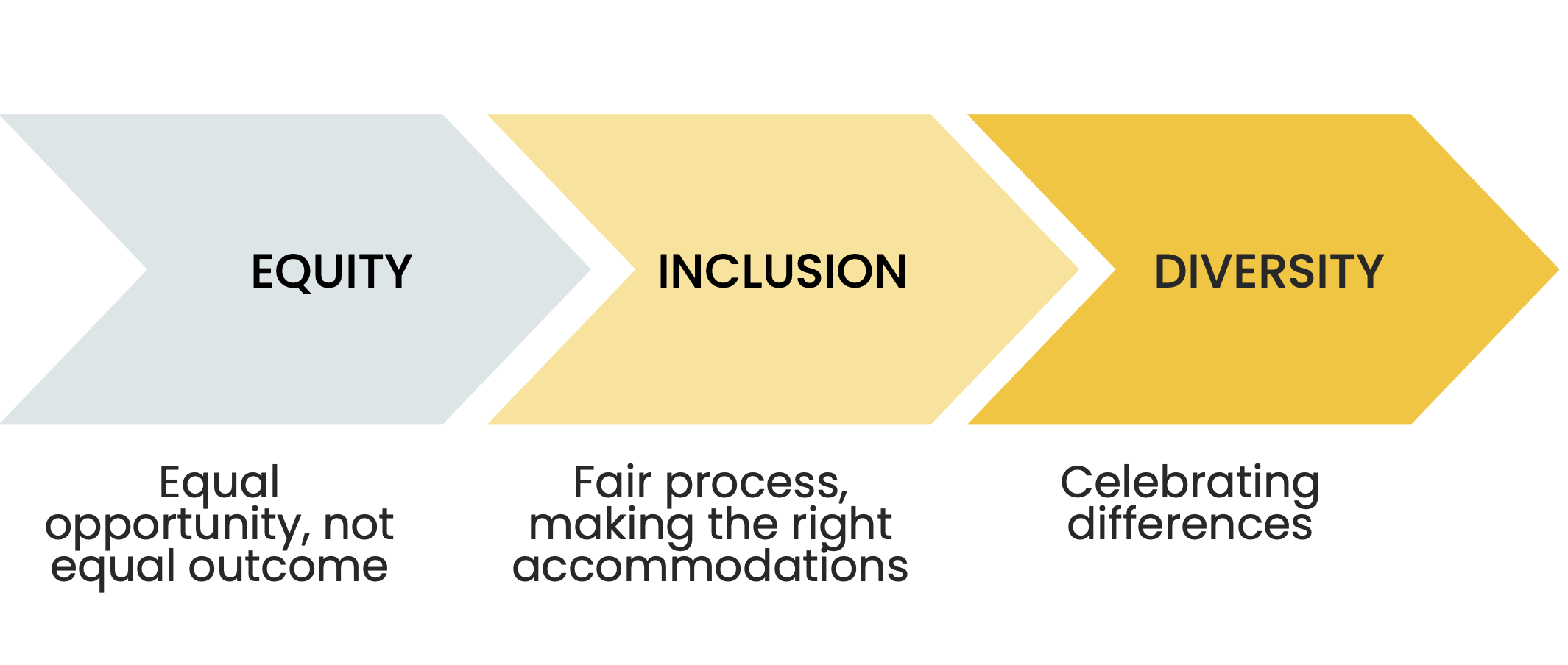The Diversity Dilemma: True Inclusion or Statistical Illusion?


Dhevesh Mewawalla
Head of UK & International expansion, Alva Labs
In a world where most people claim to be experts on DEI and companies strive to project inclusivity as an all-you-can-eat buffet, are we interested in the person themselves, or is it possible that candidates and employees are being treated as statistics to meet KPIs?
Let’s dive into the foundations of DEI and explore the ambiguous path we’re unknowingly treading.
While most organizations investing in a DEI strategy likely have good intentions, our decision making is often clouded by complex historical biases. Look around your workplace, and you'll likely see the effects of "white privilege," "the boys’ club," and "elite academia," may have resulted in a homogenous looking management and leadership... The knee-jerk response? Hire more people of colour, more women, or disregard degrees in hiring. While this sounds good in theory, it becomes problematic when we focus solely on creating predetermined demographic targets as the "right" outcome.
Ask those who've been labeled "diversity hires'' how it feels. Even if they've earned their positions through sheer competence, they find themselves questioning their own abilities, haunted by the notion that they're there solely to fulfill a quota. Few things are as damaging as telling someone they succeeded only because of their gender or identity. It's a complete disregard of them as individuals and their unique value, as if they're conveniently replaceable by any other person who checks the same demographic boxes.
In Sep 2020, Citi appointed Jane Fraser as CEO - the first woman CEO on Wall Street. Here were some of the headlines from leading newspapers and journals:
Citigroup becomes first big Wall Street bank to be run by female CEO
Citigroup puts a woman in line to be it's CEO
Citigroup names Woman CEO, a first for a big US Bank
A huge landmark and role model for women around the world to follow, yet very little mention of Jane's achievement in the headlines. Why did we not think it was important to highlight her achievement as primary?
While we've made great strides in creating an awareness of the obstacles in front of minorities, we need to evolve to a more holistic way of solving the problem for the long term.
One way to flip the script on ED&I is by completely discarding demographics entirely from the decision-making process. Long term success lies in a fundamental building block - competence. And competence should be measured not simply by achievement, but by taking a more holistic view based on readiness (experience and acquired knowledge) as well as potential (cognitive ability & natural traits like resilience, goal-orientation, adaptability). The starting point you need is to clearly define what is competence for your organisation, for that particular role you’re hiring for, in no more than 3-5 “must haves”.
By basing the hiring process on measurable competence, you create equal opportunities for everyone to present their true selves, regardless of their background or appearance. Make adjustments to improve accessibility and foster inclusivity throughout the process, giving more weight to traits and behaviours that drive success in your organization. The outcome will be a diverse workforce worth celebrating—not because of predetermined targets, but because competence truly shines.

Maybe you’ll end up with a 60:40 female:male distribution, or neurodiverse individuals make up more than half of your marketing department as they statically tend to be more creative than neurotypicals. That is the law of natural distribution - equality of opportunity, not equality of outcome.
Some of you might argue the case for representation for minorities, which is completely valid. But ask yourself this, if you could only have one seat for a person of colour on the table, would you pick at random or would you base it on some form of talent? And what is it that fundamentally upsets you when you look at homogeneous leaders/teams? Is it what they look like, or a deeper frustration connected to their lack of competence and how they got there?
Science supports this perspective. There are no notable differences in intelligence between genders, nor are there clear variations based on ethnicity. While socio-economic status may impact access and ability to acquire skills, potential is not hindered by these factors. That's why measuring potential is vital if we genuinely strive to improve social mobility.
Setting targets without valid statistical justifications - like a 50:50 target - is essentially social engineering. A world disturbingly reminiscent of dictators who wanted to alter outcomes for entire demographics.
As an immigrant in the UK myself, nothing irks me more than being put in a bucket of “Indian male”, and this absurd idea that they know me or how to cater to me as a candidate or consumer just because of where I come from or what I look like. When I put myself in the candidate’s shoes, all I want is a fair shot - not a quota for my "kind".
Perhaps I stand alone, but I envision a world where my children are seen and celebrated for their individuality and unique potential, unbound by preconceptions or limitations.
If you'd like to hear more or get in contact with Dhevesh, click here.
![]()
How to recruit underrepresented talent to build a more efficient workforce
We sat down with Caroline Therwath-Chavier profile, to learn more about strategies for recruiting diverse talent and encourage more inclusion in the workforce.
![]()
The secret to a strong DEI strategy - Palace for Life Foundation
Duncan Robinson, Head of Operations at Palace for Life Foundation, spoke with us about the inspiring DEI strategy he has helped to implement at the organisation, which has been conducive to their significant hiring growth.
![]()
Removing bias from the recruitment process
Read our top 5 takeaways from our latest Breakfast Club on DEI and how removing bias from your recruitment process can lead to more successful hiring.


